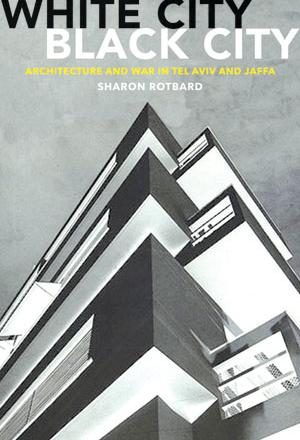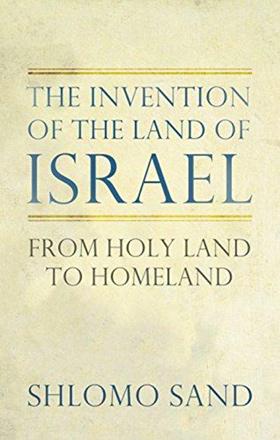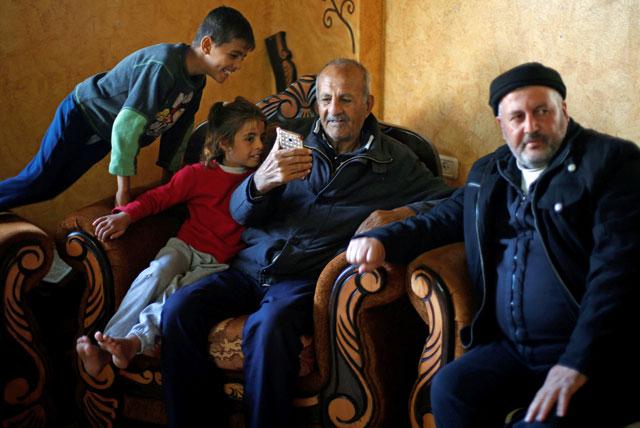You are here
Challenging the victors’ myths
By Sally Bland - Feb 08,2015 - Last updated at Feb 08,2015

White City — Black City: Architecture and War in Tel Aviv and Jaffa
Sharon Rotbard
Translated by Orit Gat
London: Pluto Press, 2015
Pp. 244
First published in Hebrew 10 years ago, “White City — Black City” is part of a rare, but growing body of literature wherein Israelis take a hard, honest look at the consequences of how their state was founded and developed.
While so many focus on Jerusalem as the core of the Israeli-Palestinian conflict, Rotbard finds the relationship between Jaffa and Tel Aviv to be the most emblematic of how Israel was built, literally, on the ruins of Palestine, and also sidelined non-influential Jewish communities.
Rotbard is an architect, and from his perspective, architecture is always political, reflecting power relations: “Cities and histories are constructed in a similar manner — always by the victor, always for the victor, and always according to the victors’ record... the decision to demolish an old building or to conserve an existing one defines what is fated to be forgotten and what is worthy of remembrance.” (p. 3)
The white-black imagery of the title is pivotal for demolishing myths about Tel Aviv. It recurs throughout the book to dissect material reality, architectural visions, actual structures, and the racist, colonial prejudice that white is superior to black.
While Tel Aviv is marketed as a modern, Bauhaus-style, white city erected on pristine sand dunes, Rotbard points out the “white lies” involved: It was actually built by levelling the dunes; its appearance was always more greyish; its architecture, though definitely European-inspired, was mostly contrary to Bauhaus concepts; and most of the land covered by today’s city was inhabited and cultivated long before its founding.
The preferred inhabitants of the White City were also white, i.e., Ashkenazi (European-origin) Jews, but “whiteness” did not come naturally. It started with Zionist militias destroying Manshieh and Jaffa, and expelling their Palestinian inhabitants, and has continued with aggressive urban development projects that pushed poor, Mizrahi Jewish communities and immigrant workers southwards toward Jaffa.
Accordingly, “the white of Tel Aviv is also the white of the eraser, the Tipp-Ex. Tel Aviv is a predatory city, a wolf in sheep’s skin; the White City is the skin.” (p. 176)
Jaffa, which until 1948 was a prosperous, cosmopolitan commercial and cultural centre —Rotbard considers it to have been Palestine’s de facto capital, was designated as the Black City.
The orange orchards which had underpinned its wealth were destroyed, the land confiscated and citrus cultivation moved elsewhere. It became a dumping ground for industries “the White City considers too dangerous to be near its elite population”, but otherwise neglected by the municipality.
Also “dumped” here were those who worked in undesirable sectors — “minorities who are distinguishable from mainstream Israeli society because of their religion, nationality or skin colour. But paradoxically, this has actually insured that the Black City is the most colourful, heterogeneous and cosmopolitan city space in the whole of Israel… the only urban space within the municipality which gives the impression that Tel Aviv might actually be the global city it advertises itself to be.” (pp. 64-66)
Jaffa’s separation from and subordination to Tel Aviv was a conscious decision of the Zionist elite, and greatly furthered by the infrastructural development undertaken by the British Mandate. How Tel Aviv was built and what happened to Jaffa as a result apply to Jewish settlement throughout the country.
Rotbard gives a detailed description of the military strategy whereby Jaffa was conquered in 1948, and draws parallels to Israeli army operations in the West Bank and Gaza until today. “In this sense the Palestinian city of Rafah is no different to the Palestinian city of Jaffa, or Salama, or Abu Kabir; they all share a long history as victims of military, urban and architectural actions whose sole goal has been to create a new geography in their place using processes of demolition and effacement.” (p. 160)
Similarly, he compares the wall to the outer limits of the White City. While Rotbard does not use the term apartheid, the thrust of his argument points in this direction.
In challenging the official story of Tel Aviv, Rotbard analyses many aspects of Israeli policy and society from the differences between Labour’s and Likud’s approaches to urban planning and housing, to the links between ideology and physical space, and the implications of Israel’s militarism for architecture and culture more broadly.
This is a study not only of architecture’s socio-political impact, but of the consequences of colonialism, privatisation and real estate speculation.
Having chosen to live in the Black City, the author’s analysis is based on personal experience as well as extensive research and professional expertise. Linking between neighbourhood politics, city politics, national politics and global politics, this book is an important contribution to reconstructing the real history of Palestine/Israel.
Related Articles
TEL AVIV — Arab-Israeli supermarket cashier Israa Jarbou has missed a week of work for fear of getting attacked by Jews on the bus out of Ja
The Invention of the Land of Israel: From Holy Land to HomelandShlomo SandLondon: Verso, 2014Pp.
GAZA — Looking out across the Mediterranean, the elderly Gaza fisherman sits on a bench adorned with just one word — Jaffa.Mahmoud Al Assi c


















